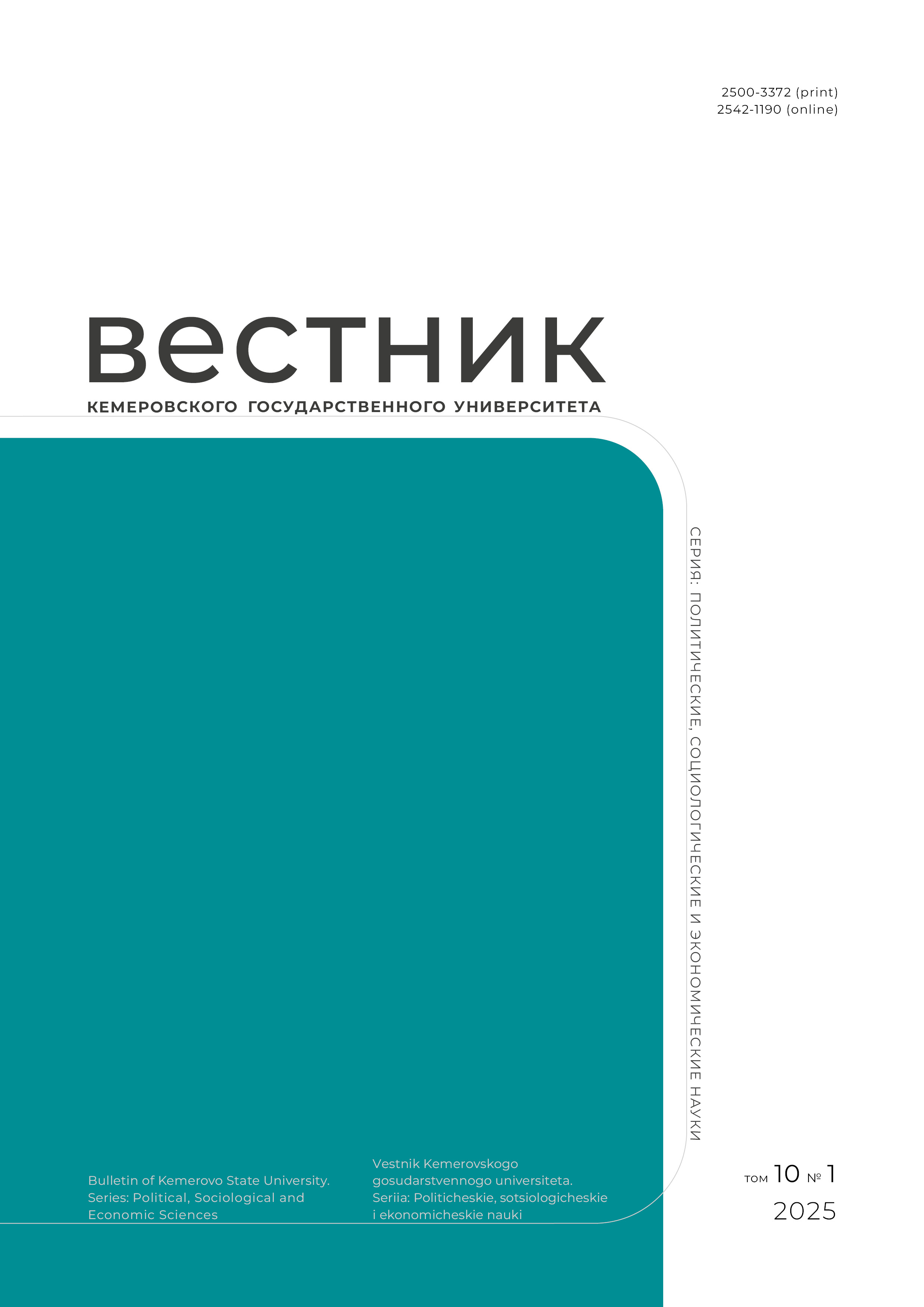Barnaul, Russian Federation
Russian Federation
VAK Russia 08.00.01
VAK Russia 08.00.05
VAK Russia 08.00.10
VAK Russia 08.00.12
VAK Russia 22.00.04
VAK Russia 23.00.02
UDC 31
This paper reviews foreign methods for assessing an organizational climate, i.e. a complex of organizational, managerial, economic, socio-psychological, and other conditions. Organizational climate affects staff creativity and organizational innovation. The authors propose methods and tools for assessing the creative and innovative climate of Russian organizations. The methods can become an important element of systemic and regular monitoring of the organizational climate and its improvement. The survey of respondents (employees) was performed on the Google Forms platform; data processing and presentation of the results were performed with the help of Google Tables tools. The proposed methodology makes it possible to check the reliability and accuracy of the results. It offers a set of rules for automatic conclusions about the state of organizational climate based on the data obtained from interviewing the staff. The proposed methods and instruments may be put into practice of organizations in order to obtain reliable estimates of their organizational climate.
creativity, innovation, socio-economic measurement, creative climate of organizations, assessment, measurement models, measurement instruments
1. Aliabev S., Goloshchapov D., Klintsov V., Kuznetsova E., Rot E., Sergienko Ia., Troshchenko Iu., Chalabian A., Shuvaev A. Innovations in Russia - an inexhaustible source of growth. McKinsey Innovation Practice, 2018, 112. Available at: https://www.mckinsey.com/~/media/McKinsey/Locations/Europe%20and%20Middle%20East/Russia/Our%20Insights/Innovations%20in%20Russia/Innovations-in-Russia_web_lq-1.ashx (accessed 25.07.2019). (In Russ.)
2. Dubina I. N. Game-theoretic methods and models for the organization of creative and innovative activities of firms. Dr. Econ. Sci. Diss. Novosibirsk, 2011, 313. (In Russ.)
3. Ekvall G. Organizational climate for creativity and innovation. European Journal of Work and Organizational Psychology, 1996, 5(1): 105-123.
4. Popel A. A. Main tools for measuring comfort in organizational climate for social creativity. Vestnik Nizhegorodskogo universiteta im. N. I. Lobachevskogo. Seriia: Sotsialnye nauki, 2016, (3): 125-130. (In Russ.)
5. Amabile T. M. Motivating creativity in organizations: On doing what you love and loving what you do. California Management Review, 1997, 40(1): 39-58.
6. Moultrie J., Young A. Exploratory study of organizational creativity in creative organizations. Organizational Creativity in Creative Organizations, 2009, 18(4): 299-313.
7. Isaksen S. G., Lauer K. J., Ekvall G. Situational Outlook Questionnaire: A measure of the climate for creativity and change. Psychological Reports, 1999, (85): 665-674.
8. Brown M. The Dolphin Index. Available at: http://www.dolphinindex.org (accessed 25.07.2019).
9. West M. A., Anderson N. R. Innovation in top management teams. Journal of Applied Psychology, 1996, (81): 680-693.

















